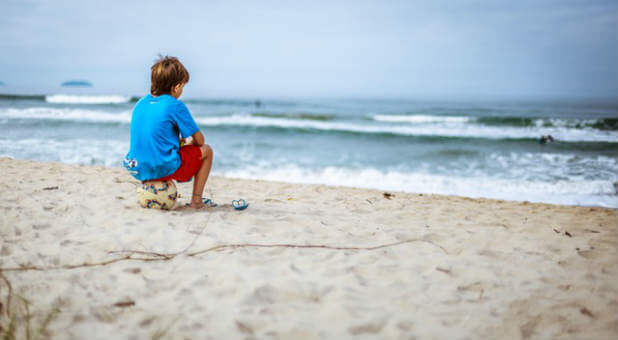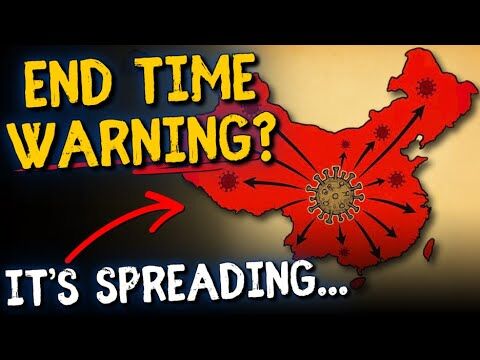When I look back at childhood, I think about my decisions when I came into my adolescence. The early years were perfectly happy and normal, but the later years led me to places that make me cringe when I think back on it. I can pinpoint the triggers that caused the good and bad choices. But a 10-year-old boy has no ability to understand what is happening in the moment.
As parents, it is an important duty to monitor our child and their activities. This allows us to decipher what paths they are headed down. When you just focus on punishment and not the root of the issue, there is a good chance he or she could become a problem child. Here are some of the common signs of a child heading the wrong direction. It is important to recognize these and take the appropriate steps to guide your child back down a positive path.
1. Mood Swings
Everyone experiences the occasional change in moods. Teenagers with exploding hormones, in particular, are prone to ups and downs. The key here is to determine if the lows and highs are too excessive, or if your child quickly shifts from euphoria to depression seemingly without cause. Be empathetic and a source of stability. Be calm. Adding to the drama will only make things worse. Finally, try to get your child to communicate what he is truly feeling in the moment.
2. Withdrawal
Not every child is a social butterfly, but that doesn’t mean there is a problem. However, if you see signs of withdrawal, it could be cause for concern. Watch for signs of depression, lack of confidence and if he feels rejected by other children.
3. Hiding Things
When you find out they have been hiding something, even if it’s trivial, it should tell you that they have entered into suspect behavior. At the very least they are creating habits of secrecy. It either says they are fine with bad behavior or they don’t trust you. Each of those is dangerous.
4. Dropping Grades
If a child is getting lower-than-normal grades, something is wrong somewhere. It could be a learning disability, laziness, need for more instruction or any number of social or domestic issues. It could also be a sign of depression or discontentment. Get to the core of the matter instead of just punishing.
5. Sudden Change of Friends
Making new friends is a good thing. A red flag is when your child stops spending time with one friend group and start hanging out with a totally new group of people. It’s important to find out what they are drawn to with the new group and what the breakdown was with their former friends. Relationships have a complexity, and kids need their parents’ help in navigating them. Breakdowns in friendships hurt. Wounded hearts often gravitate to unhealthy coping mechanisms to numb or distract from the pain.
6. Fluctuating Weight
Sudden weight loss and gain are normally associated with an unhealthy desire to control. Being a child can feel turbulent and unstable. As a way to deal with the stress, eating disorders or mass consumption can emerge. With these dysfunctional coping strategies, food can easily be replaced by drugs and alcohol or cutting as a way to control feelings of fear, anxiety and insecurity.
7. Personality Changes
Puberty is bound to bring some personality changes, but keep an eye on it. When a generally upbeat kid becomes more pessimistic or an outgoing kid becomes quieter, there is something driving the negative change. Perhaps they are doing things they know you wouldn’t approve of or they are being bullied at school. Maybe they are desperate for approval they aren’t getting. Ask them questions such as, “Do you feel like your world is changing a bit? How do you feel about that?” You may also try, “You know when I was your age I had a hard time. How are you coping with the changes going on around you?”
8. Changing the Way They Dress
It’s fine to experiment with new looks. After all, kids don’t develop a full sense of identity until their mid-twenties. However, a sudden change in dress and image could be more than experimenting. It may be a deep sign of insecurity. Starting to wear more revealing clothing tends to be a step towards sexual activity, while baggy/over-covering can be a sign they are hiding something. For example, when a kid always wears long sleeves, even when it is warm, they are usually hiding scars from self-cutting. As it has been said before, get to the heart of the issues. Ask questions and be a safe place for your kids as they try to navigate life.
What other trouble signs are there? {eoa}
This article originally appeared at allprodad.com.































































